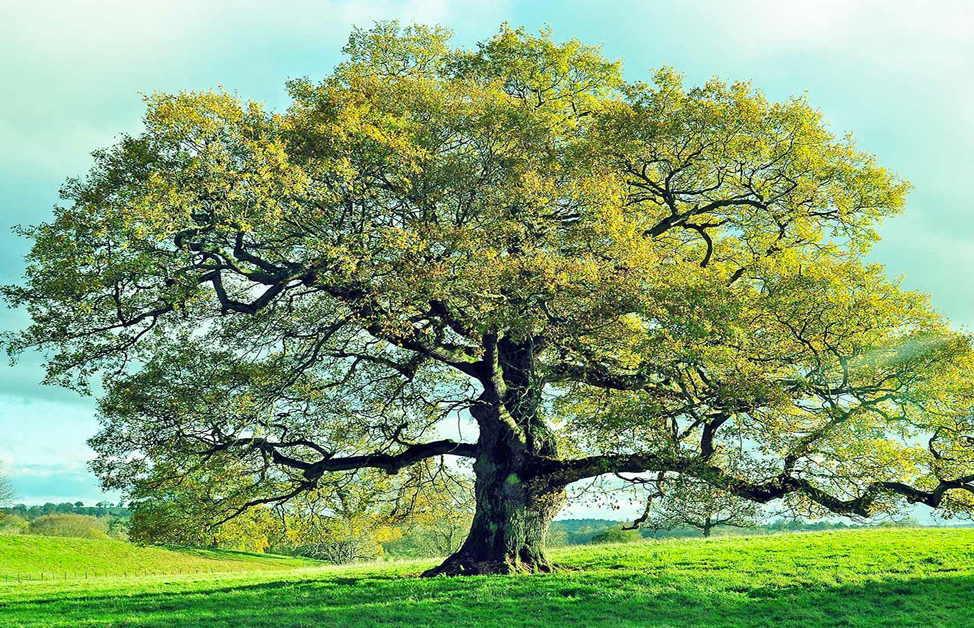Pakistan is a country rich in natural resources, and its one of the most prominent symbols natural heritage is the Pakistan National Tree, Deodar. The Deodar is a towering evergreen tree that is found in the Himalayan region and has been an important part of the cultural and religious traditions of the region for centuries. In this article, we will delve into the history, significance, and characteristics of the Deodar, as well as explore some of the common questions people have about this magnificent tree.
Pakistan National Tree: A Brief Overview
The Deodar tree, scientifically known as Cedrus deodara, is an evergreen coniferous tree that belongs to the family Pinaceae. It is native to the western Himalayas, including Pakistan, India, and Nepal. The tree has a tall, narrow shape, with a straight trunk and long, slender branches that form a conical shape. The Deodar is known for its distinctive blue-green needles, which grow in clusters and can reach up to 3 cm in length.
Historical Significance of Pakistan National Tree
The Deodar tree has been an integral part of the cultural and religious traditions of the Himalayan region for centuries. In Pakistan, the Deodar has been mentioned in many historical texts and is often associated with the ancient Indus Valley civilization. The tree is considered sacred in Hinduism and is often used in religious ceremonies and festivals. It is also believed to have medicinal properties and is used in Ayurvedic medicine to treat a variety of ailments.
Characteristics of Deodar Trees
Appearance and Height
The Deodar tree is a large and majestic tree that can reach heights of up to 80 meters. It has a conical shape with a straight trunk that can grow up to 2 meters in diameter. The bark of the tree is brownish-grey and can be rough or smooth depending on the age of the tree. The needles of the Deodar are blue-green and grow in clusters of up to 30 needles.
Growing Conditions
The Deodar tree is native to the western Himalayas and thrives in cold, alpine climates. It prefers well-drained soil and can grow in a range of soil types, including loamy, sandy, and clay soils. The tree requires a lot of sunlight and can grow in both full sun and partial shade.
Life Span
The Deodar tree is a long-lived tree that can live for up to 1,000 years. However, due to deforestation and other environmental factors, many Deodar trees are not able to reach their full potential and have a shorter lifespan.
Significance of Pakistan National Tree
Cultural and Religious Significance
In Pakistan, the Deodar tree holds great cultural and religious significance. It is often used in religious festivals, such as Diwali and Baisakhi, and is also used as a symbol of strength and stability. The tree is also featured in many paintings and sculptures in the region.
Economic Importance
The wood of the Deodar tree is highly valued for its strength and durability and is used in a variety of construction projects, such as buildings, bridges, and furniture. The wood is also used for fuel and as a source of charcoal.
Environmental Benefits
The Deodar tree plays an important role in the Himalayan ecosystem, as it provides shelter and food for a variety of animals and birds. It also helps prevent soil erosion and maintains the ecological balance of the region.
Threats to Deodar Trees
Climate Change
Climate change is one of the biggest threats to the Deodar tree, as it can cause changes in temperature and precipitation patterns, which can affect the growth and survival of the tree.
Deforestation
Deforestation is another major threat to the Deodar tree, as it leads to the loss of habitat and reduces the number of trees in the region. This can have a significant impact on the ecosystem and the biodiversity of the region.
Overgrazing
Overgrazing by livestock can also have a negative impact on the growth and survival of the Deodar tree. Grazing can damage the roots of the tree and reduce its ability to absorb water and nutrients from the soil.
Conservation Efforts for Pakistan National Tree
To protect the Deodar tree and its ecosystem, various conservation efforts have been undertaken in Pakistan. These include measures to promote sustainable forestry practices, such as reforestation and afforestation programs, and efforts to reduce carbon emissions to mitigate the effects of climate change.
FAQs
- Is the Deodar Tree exclusive to Pakistan?
No, the Deodar tree is also found in other countries in the western Himalayas, such as India and Nepal.
- Can Deodar Trees be grown in other countries?
Yes, Deodar trees can be grown in other countries with similar climates, such as the United States and Canada.
- Is the Deodar Tree used for medicinal purposes?
Yes, the Deodar tree is used in Ayurvedic medicine to treat a variety of ailments.
- How is Deodar wood used in construction?
Deodar wood is highly valued for its strength and durability and is used in a variety of construction projects, such as buildings, bridges, and furniture.
- What is the best time to plant a Deodar Tree?
The best time to plant a Deodar tree is in the fall or early spring, when the soil is moist and the temperatures are cooler.
Conclusion
The Deodar tree is an important symbol of Pakistan’s natural heritage and has been an integral part of the cultural and religious traditions of the Himalayan region for centuries. However, it is also facing various threats, such as climate change, deforestation, and overgrazing. Therefore, it is important to protect and conserve this magnificent tree for future generations to enjoy.
References
- “Cedrus deodara – Plant Finder.” Missouri Botanical Garden, www.missouribotanicalgarden.org/PlantFinder/PlantFinderDetails.aspx?kempercode=a416. Accessed 8 Apr. 2023.
- “Deodar.” IUCN Red List of Threatened Species, www.iucnredlist.org/species/42269/2961585. Accessed 8 Apr. 2023.
- Kala, Chandra Prakash. “Cedrus deodara (Roxb. Ex D. Don) G. Don.” In: Wild Relatives of Cultivated Plants in India. Conservation Atlas. Springer, New Delhi, 2016, pp. 121-124.


